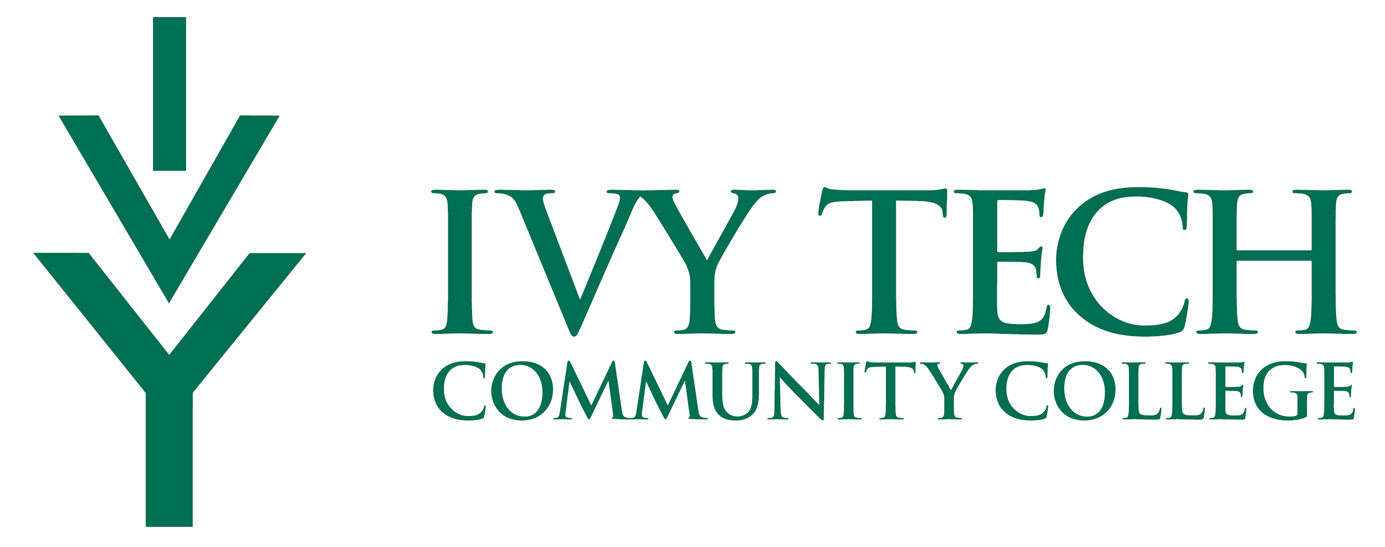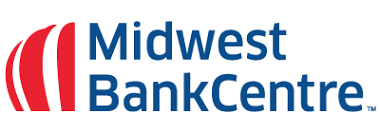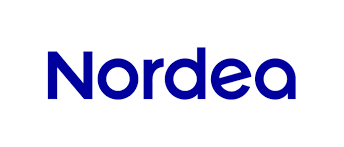Problems Are Good Things!
Check your assumptions at the innovation door.
Problems Are Good Things!
Introduction
Entrepreneurs that design innovative products and services are first and foremost good problem solvers. They anticipate customer problems and market opportunities and develop timely solutions. They continually seek out ways to improve their customers’ lives. And they search for changing circumstances that they can turn to their advantage. Rather then wait to see what their competitors do, they shake up their industry. Simply put, problems are the clay that entrepreneurs shape into new products and services.
Successful entrepreneurs are comfortable with the word “problem.” Most people are not. Think of the negative words we normally associate with a problem: crisis, disaster, barrier, bottleneck, trouble, deviation, fear. Our negative perceptions cause us to avoid problems rather than seek them out. A negative view of a problem also causes us to do a poor job in solving it because we might grasp for a hasty answer to make it go away.
However, being comfortable with ambiguity and uncertainty and deliberately addressing problems leads to better designed products and services. This positive mindset helps entrepreneurs expand their horizons of opportunity. Let’s think of some positive words associated with “problems”: challenge, goal, objective, opportunity, desire, wish. With imagination, skill, and open-mindedness, we can often turn apparent impossibilities into opportunities for new and exciting products. We must keep an open mind toward “fuzzy situations” as the first inklings of barely sensed problems and opportunities. Remaining neutral about “problems” leaves us room to define them in creative, challenging, and productive ways. Customer problems represent new situations that entrepreneurs can turn to their advantage.

Written in Chinese, the word “crisis” actually consists of two symbols: danger and opportunity. This symbol underscores the idea that there are positives and negatives in any “problem.” If we think of problems as fuzzy situations filled with opportunities, we will be more likely to anticipate and seek them out. This cannot help but improve our customers’ lives and our bottom line. We would also do well to remember this Chinese proverb: “ If one does not begin with a right attitude, there is little hope for a right ending.”
In our field research, 1 Toshiba Corporation provided the following insights to their innovation success: “When we hire new scientists and engineers, we keep them out of R& for two years. Instead, we place them into the sales department to begin their careers. We want them to learn that their job is to learn the problems of the customer. We want them to know we are not going to hand them problems to solve. We want them to know that innovation begins with finding problems to solve.”
In innovative companies, the word problem is synonymous with need, challenge, want, desire, opportunity, puzzle, change, trend, observation and many other triggering terms.
Ready To Drive Change?
You’re an innovator. You just don’t know it yet. Let us show you how.
Understand your individual and team innovation style
Learn more about our innovation programs.
Contact us to drive more innovation in your teams.


































